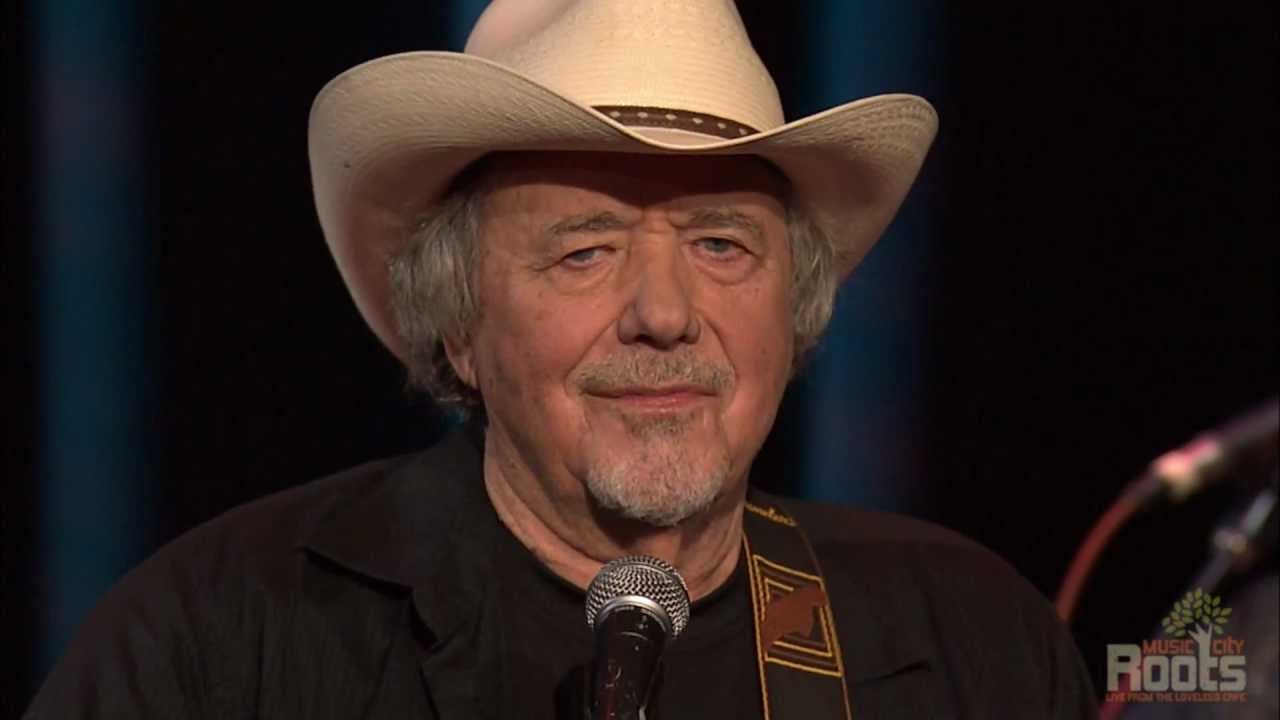Bobby Bare Albums Ranked
Robert Joseph Bare Sr. (born April 7, 1935) is an American outlaw country music singer and songwriter, best known for the songs “Marie Laveau”, “Detroit City” and “500 Miles Away from Home”. He is the father of Bobby Bare Jr., also a musician. In the 1950s, Bare repeatedly tried and failed to sell his songs. He finally got a record deal, with Capitol Records, and recorded a few unsuccessful rock and roll singles. Just before he was drafted into the United States Army, he wrote a song called “The All American Boy” and did a demo for his friend, Bill Parsons, to learn how to record. Instead of using Parsons’ later version, the record company, Fraternity Records, decided to go with Bare’s original demo. The record reached No. 2 on the Billboard Hot 100, but Fraternity erroneously credited Bill Parsons on the label. The same track, with the same billing error, peaked at No. 22 in the UK Singles Chart in April 1959. In 1965, an album of older recorded material, Tender Years (JM-6026), was released on the Hilltop label. That same year, the material was repackaged by Sears and released under the title Bobby In Song (SPS-115). These albums are not usually included in Bare’s published discographies. Here are all of Bobby Bare albums ranked.
Don’t miss out the music of Bobby Bare. Reminisce his beautiful songs by clicking the link below.
6. Detroit City And Other Hits By Bobby Bare
“Kind of uneven debut album, that mixes some older tracks with new good ones. “Detroit City” is a classic from the perspective of a southerner who came north and is stuck in the ugly industrial city of Detroit where he misses his folks.. “by days I make the cars and by night I make the bars..” – classic line! Tom Jones also had a hit with it later, learning it from the same Jerry Lee Lewis album where he learned “Green Green Grass of Home”:”

5. 500 Miles Away From Home
“Chet Atkins-produced 2nd album. Bobby Bare takes on the role of the world-weary traveler as indicated by the title track, a more than decent follow-up to “Detroit City”, which actually would have fit well on here. It also looks like the label wants to push him into the Folk boom of the time (underlined by covers of current folk hits like “Abilene” and “Gotta Travel On”), but Bobby is much more interesting than those boring urban Folk fakes – he’s the real deal and the things he sings about here aren’t too far from the things he really experienced in his stormy early life (well except for the song “Noah’s Ark” I believe).”
4. Streets Of Baltimore
“Streets of Baltimore” is the standout, but special mention should go to a great version of Lightfoot’s “Early Morning Rain”. Also, Bobby’s ability to talk/sing parts of these tunes with that lovely baritone and then let it go on the choruses is one of his special charms. Check it out on “That’s How I Wanted It To Be”. Lonely never sounded so good.”
See more: Waylon Jennings Songs Ranked

3. Drunk & Crazy
“Good times! A more than worthy follower to Down & Dirty that doesn’t even have to try too hard. As the 80s dawned, Bobby Bare gave his Country music a distinctive Rock’n’Roll touch. He looked for a Rock’n’Roll guitar player for that move and with Dave Hargis he found someone to boogie along with him on this album and on live shows.”
2. Down & Dirty
“The majority of the songs here are written by Shel Silverstein, his partnership with Bare constituting the best contributions to country music either ever made. Bare’s biggest gift as a singer was his warm voice’s ability to wring out every ounce of humor and pain from the stories his writers twirled and Silverstein’s compositions here are full of plenty of both, ranging from the cynicism of “Numbers” and “Rough on the Living” to the absurdity of “Qualudes Again” to the drunken sorrow of “Down to My Last Come and Get Me.” “

1. Bobby Bare Sings Lullabys, Legends And Lies
“This is as good as it gets, and it gets very good. Shel Silverstein is poet and humourist extraordinaire, and Bobby Bare finally fulfills his rich potential as a great performer. It’s nothing short of a masterpiece, but while the recording was made in Nashville, Nashville didn’t really take much notice, and while Bare would tried to recreate the moment in his then future recordings, he never really succeeded.”


One thought on “Bobby Bare Albums Ranked”
Comments are closed.